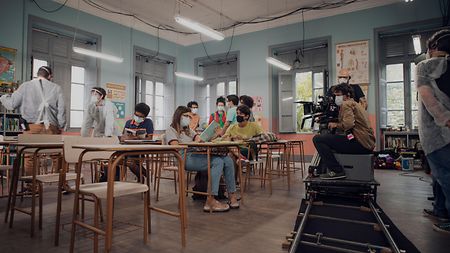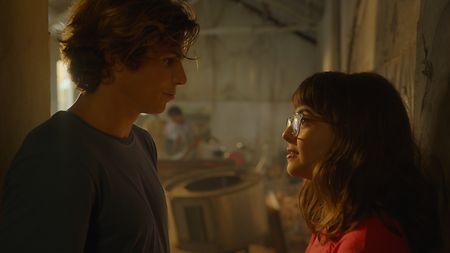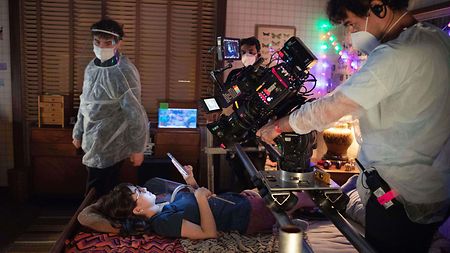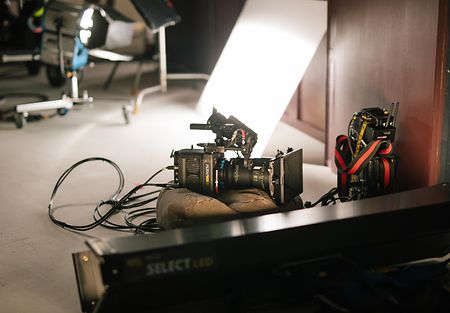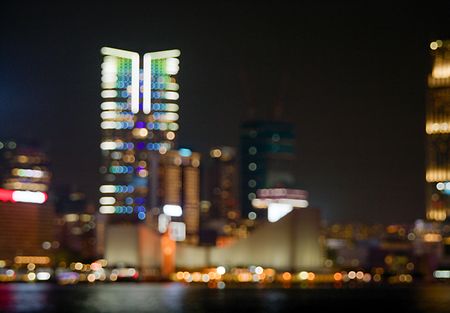Amongst others, SkyPanels from ARRI were used for the lighting. What was your impression?
Gaffer Edu K. Spuldaro and his team helped me out a lot, creating solutions for the different locations and stages by using modern tools like SkyPanel S30s and S60s. The flexibility of being able to dim, change color temperature while maintaining consistent light quality and CRI, or simulating color and correction gels, is so important that it’s hard to start a project and not carry these units with you. It gives you freedom and lets you shoot faster.
This was one of the first films in the country to employ ALEXA Mini LF cameras and ARRI Signature Prime lenses. How did you choose this combination?
Bruno and I are also big fans of ARRI cameras. Although we had tested other camera models for this film, the choice of the ALEXA Mini LF became clear once we watched the footage in HDR. This has been my first time shooting ARRIRAW and I was very impressed with the results, in terms of color rendition and latitude.
Some people may think that this large-format camera is only suitable for epic films or very big Hollywood productions, period pieces or war movies, but it doesn’t necessarily work that way. Large format can also be really useful to film comedies, family dramas, and intimacy between characters. Good camera equipment can help make your story look more beautiful and dramatic on the screen. If you use it the right way. But for this film we felt that large format combined with ARRI Signature Primes would make the drama pop out of the screen directly into the viewer’s hearts. Large format enhanced the actor’s emotions with elegance, especially due to the longer focal lengths that we naturally end up using to achieve certain fields of view, compared to standard Super 35 mm sensors.
The ARRI Signature Primes have something almost indescribable that I like to call “a modern and elegant charm.” They’re clearly high-end lenses, with no distortions, made to match between themselves, sharp and stable. However, they give you such a powerful and discrete softness around edges that it’s sometimes hard to believe what you’re looking at, even when you use them wide open. The camera crew was also impressed. They did a fantastic job on this film. And Mario Jannini, Technical Service Director at ARRI Brasil, gave us all the support and information we needed before and during production. I thank him for that.
It certainly seems that this project utilized top-of-the-line workflows. How did this influence the look of the film?
We always try to make all the technical choices based on the story. Of course, we were looking forward to working with the latest cameras and the latest lenses available. But none of that would have felt appropriate if it didn’t suit the story. We did not want to grow bigger than the story, or the characters, but we wanted to give them the look they deserved. We played with different colors, challenging the camera’s latitude when shooting at the beach, or capturing party scenes which were full of different hues. And we were really happy to see that the combination of the right equipment, a well-planned workflow, with the right crew and talented performances, always works!


